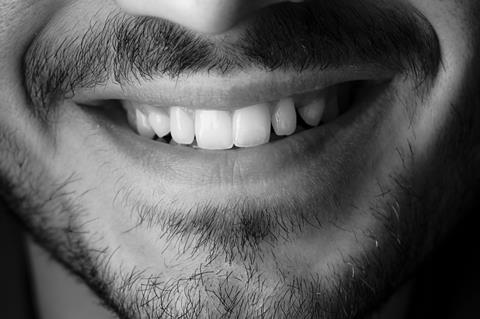One of the most abundant and deadliest organisms on earth is a virus called a bacteriophage (phage). These predators have lethal precision against their targets – not humans, but bacteria. Different phages have evolved to target different bacteria and play a critical role in microbial ecology.

Recently, ADA Forsyth scientists exploring the complex interactions of microbes in the oral microbiome discovered a third player influencing the phage-bacterial arms race – ultrasmall bacterial parasites, called Saccharibacteria or TM7.
In the study, which appeared in Proceedings of the National Academy of Sciences (PNAS), the scientists found that the nanosized epibiotic parasite, TM7x, helps its host bacterium (a Schaalia odontolytica strain called XH001) achieve resistance to lytic phages.
Resistant to phages
“Phage attacks and kills its prey bacterium XH001. However, when XH001 is parasitized by TM7x, it becomes resistant to phage infection,” said lead investigator Xuesong He, PhD, DDS, who is a Senior Member of Staff at the ADA Forsyth Institute (AFI). “Here, you have three members of the oral microbiome: a host, a parasite, and a predator. While the parasite may exploit the host bacteria for its own benefit, it helps the host protect itself against the predator. It is a very intriguing interaction within the human microbiome, and it is the first time this type of interaction has been documented. “
Most reported phage-resistance mechanisms involve mutations of phage receptors on the bacteria’s surface structures. Phages likewise have evolved counter-defensive genetic changes to adapt to these barriers. The parasite, in contrast, causes a physiological change to the host bacteria, which changes gene expression but not the genetic makeup of the bacteria. This change causes the gene to express differently, modulating the bacteria’s surface structures, which prevents the phages from attaching.
Oral cavity
In a test tube, TM7x causes problems for the host bacteria, stressing it and reducing growth. However, when the organisms are in the oral cavity, which is a complex microbial ecosystem, the parasite becomes beneficial.
In this context, the TM7x ultimately helps the phage and bacteria to coexist by creating a sink-source dynamic: the bacteria without TM7x can continue to be available to the phage, while the bacteria with the parasite resist phages. These bacteria can continue to reproduce a supply for phage consumption while protecting themselves from the lytic phage by forming symbiotic relationship with TM7x.
This new understanding of the oral microbiome shows that the environment is very dynamic. As the environment changes, the relationship between microbes can change. “In terms of the oral ecology, there is no such thing as a bad bacteria or a bad microbe. They are just trying to survive. Whether it is good or bad is context dependent,” said Dr He.







No comments yet